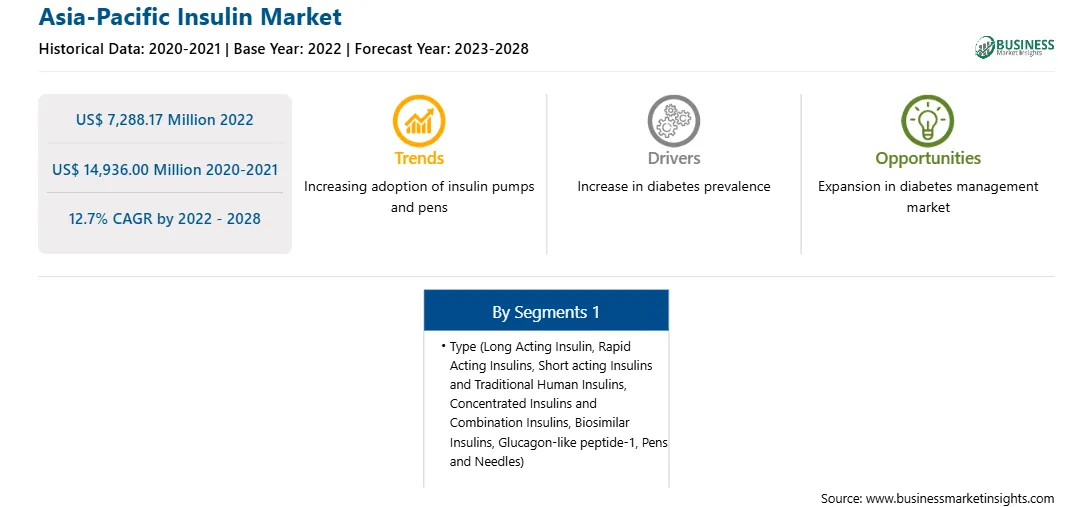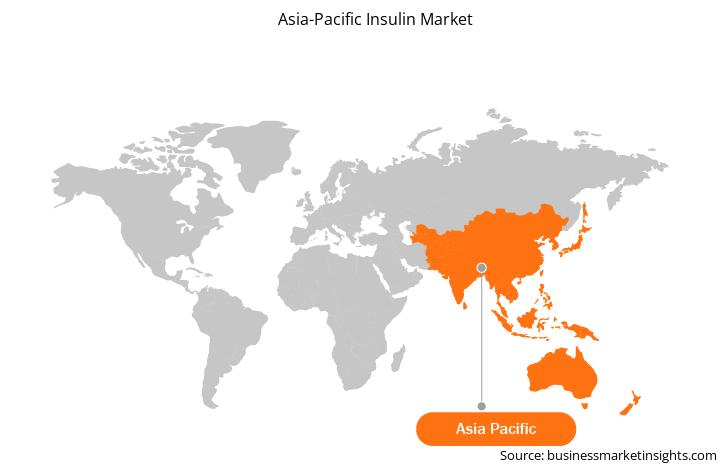Regeneration of Artificial Pancreas with Advanced Transplants to Emerge as Significant Therapeutic Trend
Body cells naturally produce small molecules, hormones, and proteins to keep the body functioning properly. The artificial pancreas can control blood sugar levels for people with type 1 diabetes better than the standard treatment. In people with type 1 diabetes, continuous glucose monitoring (CGM) devices provide around-the-clock information on blood glucose levels, which is used to determine the need/dosage of insulin. Insulin pumps allow the subcutaneous administration of insulin doses throughout the day. Despite frequent monitoring of blood sugar levels and dose adjustments, insulin injections do not ideally recreate the natural waves of insulin released from the pancreas. This leaves patients continually working to avoid chronically high or low blood sugar, which can cause blindness, diabetic coma, or life-threatening insulin shock. Various research groups have been working on technologies for regenerating pancreatic cells. These technologies are expected to prove promising for addressing the conditions associated with diabetes in the coming years.
Market Overview
Asia Pacific (APAC) is the fastest-growing market for insulins. The market in APAC is subsegmented into China, India, Japan, South Korea, Australia, and the Rest of APAC. The growing prevalence of diabetes and rising incidence rates of lifestyle-related disorders such as obesity drive the market growth in the region. Several market players are focusing on countries in Asia Pacific for geographic expansion and other strategies. Therefore, the region holds a huge potential for insulin market players. The demand for insulin in China has increased in the past decade. According to PharmExec, China has ~114.4 million diabetic patients. The diabetes market in the country is predicted to reach US$ 6.67 billion in 2022. While other drugs such as DPP-4 inhibitors and GLP-1 agonists are available, insulins remain the country's most commonly used antidiabetic drug. Insulin therapy is the primary treatment for people with type 1 diabetes, as pancreas stops synthesizing the hormone that regulates the body's blood sugar levels. Some people with type 2 diabetes or gestational diabetes need to take insulin when other medications cannot keep blood sugar levels within the desired range. According to Statista, the market volume of human insulin and its analogs in China stood at ~US$ 2.96 billion in 2018, and it is expected to grow at an annual rate of 4.4% through 2030.
Strategic insights for the Asia-Pacific Insulin provides data-driven analysis of the industry landscape, including current trends, key players, and regional nuances. These insights offer actionable recommendations, enabling readers to differentiate themselves from competitors by identifying untapped segments or developing unique value propositions. Leveraging data analytics, these insights help industry players anticipate the market shifts, whether investors, manufacturers, or other stakeholders. A future-oriented perspective is essential, helping stakeholders anticipate market shifts and position themselves for long-term success in this dynamic region. Ultimately, effective strategic insights empower readers to make informed decisions that drive profitability and achieve their business objectives within the market. The geographic scope of the Asia-Pacific Insulin refers to the specific areas in which a business operates and competes. Understanding local distinctions, such as diverse consumer preferences (e.g., demand for specific plug types or battery backup durations), varying economic conditions, and regulatory environments, is crucial for tailoring strategies to specific markets. Businesses can expand their reach by identifying underserved areas or adapting their offerings to meet local demands. A clear market focus allows for more effective resource allocation, targeted marketing campaigns, and better positioning against local competitors, ultimately driving growth in those targeted areas.Asia-Pacific Insulin Strategic Insights

Asia-Pacific Insulin Report Scope
Report Attribute
Details
Market size in 2022
US$ 7,288.17 Million
Market Size by 2028
US$ 14,936.00 Million
Global CAGR (2022 - 2028)
12.7%
Historical Data
2020-2021
Forecast period
2023-2028
Segments Covered
By Type
Regions and Countries Covered
Asia-Pacific
Market leaders and key company profiles
Asia-Pacific Insulin Regional Insights

APAC Insulin Market Segmentation
The APAC insulin market is segmented into type and country. Based on type, the market is segmented into long acting insulin, rapid acting insulin, short acting insulin & traditional human insulin, concentrated insulin & combination insulin, biosimilar insulin, glucagon-like peptide-1 (GLP-1), pen & needle, and others. The long acting insulin segment registered the largest market share in 2022.
Adocia; Biocon; Eli Lilly and Company; GlaxoSmithKline plc.; Merck & Co., Inc.; Novo Nordisk A/S; Pfizer Inc.; Sanofi; Tonghua Dongbao Pharmaceutical Co., Ltd.; and Wockhardt are the leading companies operating in the insulin market in the region.
The Asia-Pacific Insulin Market is valued at US$ 7,288.17 Million in 2022, it is projected to reach US$ 14,936.00 Million by 2028.
As per our report Asia-Pacific Insulin Market, the market size is valued at US$ 7,288.17 Million in 2022, projecting it to reach US$ 14,936.00 Million by 2028. This translates to a CAGR of approximately 12.7% during the forecast period.
The Asia-Pacific Insulin Market report typically cover these key segments-
The historic period, base year, and forecast period can vary slightly depending on the specific market research report. However, for the Asia-Pacific Insulin Market report:
The Asia-Pacific Insulin Market is populated by several key players, each contributing to its growth and innovation. Some of the major players include:
The Asia-Pacific Insulin Market report is valuable for diverse stakeholders, including:
Essentially, anyone involved in or considering involvement in the Asia-Pacific Insulin Market value chain can benefit from the information contained in a comprehensive market report.